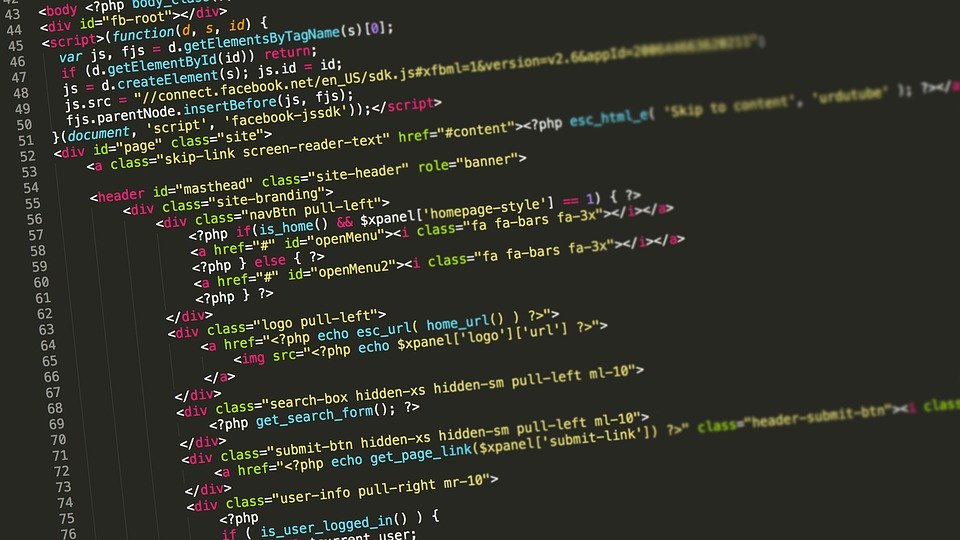Deque Module Parameter Details
Creates the deque with initial elements copied from another iterable.
iterable
Limits how large the deque can be, pushing out old elements as new are added.
maxlen
Basic deque using
The main methods that are useful with this class are popleft and appendleft
from collections import deque
d = deque([1, 2, 3])
p = d.popleft() # p = 1, d = deque([2, 3])
d.appendleft(5) # d = deque([5, 2, 3])
Deque Module: Available methods in deque
Creating empty deque:
dl = deque() # deque([]) creating empty deque
Creating deque with some elements:
dl = deque([1, 2, 3, 4]) # deque([1, 2, 3, 4])
Adding element to deque:
dl.append(5) # deque([1, 2, 3, 4, 5])
Adding element left side of deque:
dl.appendleft(0) # deque([0, 1, 2, 3, 4, 5])
Adding list of elements to deque:
dl.extend([6, 7]) # deque([0, 1, 2, 3, 4, 5, 6, 7])
Adding list of elements to from the left side:
dl.extendleft([-2, -1]) # deque([-1, -2, 0, 1, 2, 3, 4, 5, 6, 7])
Using .pop() element will naturally remove an item from the right side:
dl.pop() # 7 => deque([-1, -2, 0, 1, 2, 3, 4, 5, 6])
Using .popleft() element to remove an item from the left side:
dl.popleft() # -1 deque([-2, 0, 1, 2, 3, 4, 5, 6])
Remove element by its value:
dl.remove(1) # deque([-2, 0, 2, 3, 4, 5, 6])
Reverse the order of the elements in deque:
dl.reverse() # deque([6, 5, 4, 3, 2, 0, -2])
Deque Module: limit deque size
Use the maxlen parameter while creating a deque to limit the size of the deque:
from collections import deque
d = deque(maxlen=3) # only holds 3 items
d.append(1) # deque([1])
d.append(2) # deque([1, 2])
d.append(3) # deque([1, 2, 3])
d.append(4) # deque([2, 3, 4]) (1 is removed because its maxlen is 3)
Deque Module: Breadth First Search
The Deque is the only Python data structure with fast Queue operations. (Note queue.Queue isn’t normally suitable, since it’s meant for communication between threads.) A basic use case of a Queue is the breadth first search.
from collections import deque
def bfs(graph, root):
distances = {}
distances[root] = 0
q = deque([root])
while q:
The oldest seen (but not yet visited) node will be the left most one. current = q.popleft()
for neighbor in graph[current]: if neighbor not in distances:
distances[neighbor] = distances[current] + 1
When we see a new node, we add it to the right side of the queue.
q.append(neighbor)
return distances
Say we have a simple directed graph:
graph = {1:[2,3], 2:[4], 3:[4,5], 4:[3,5], 5:[]}
We can now find the distances from some starting position:
bfs(graph, 1)
{1: 0, 2: 1, 3: 1, 4: 2, 5: 2}
bfs(graph, 3) {3: 0, 4: 1, 5: 1}
Must Read Python Interview Questions
200+ Python Tutorials With Coding Examples
Other Python Tutorials
- What is Python?
- Python Advantages
- Python For Beginners
- Python For Machine Learning
- Machine Learning For Beginners
- 130+ Python Projects With Source Code On GitHub

